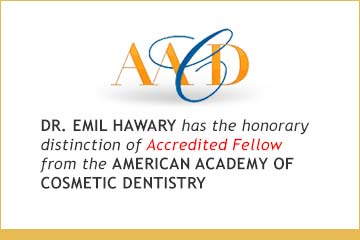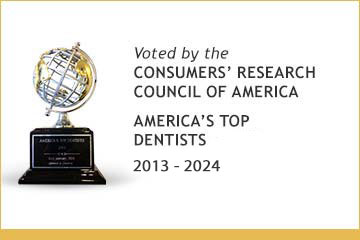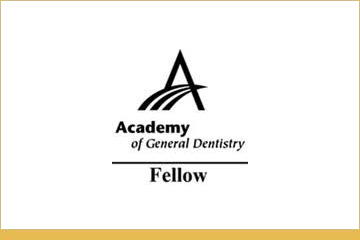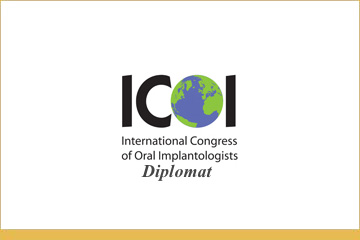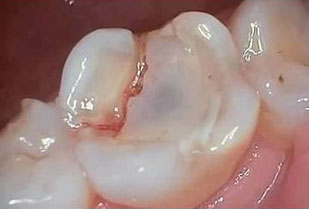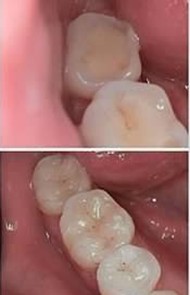AMALGAM FILLINGS CONTAIN MERCURY THAT IS DOWNRIGHT DANGEROUS.
According to the Food and Drug Administration, dental amalgam fillings, or silver fillings, contain elemental mercury. Mercury fillings continually vaporize (i.e. leak mercury vapor) in the mouth especially when chewing, brushing, or drinking hot liquids. Mercury is known to cause adverse health effects on the brain and kidneys.

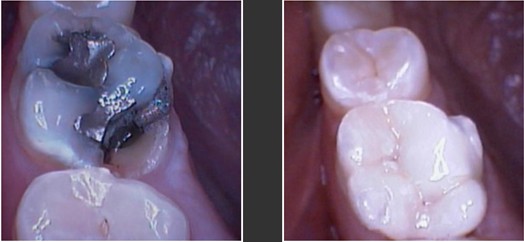
COULD YOUR POSTERIOR WHITE FILLING BE CRACKING MORE THAN JUST TEETH?
Most people think, when cavities are filled with composite resin or replace their old amalgam fillings with composite resin fillings, they took care of the problem permanently, but posterior composite resin fillings are plastic. They’re not the best for long term for maintaining the bite and sustaining and protecting the teeth.
Learn More


